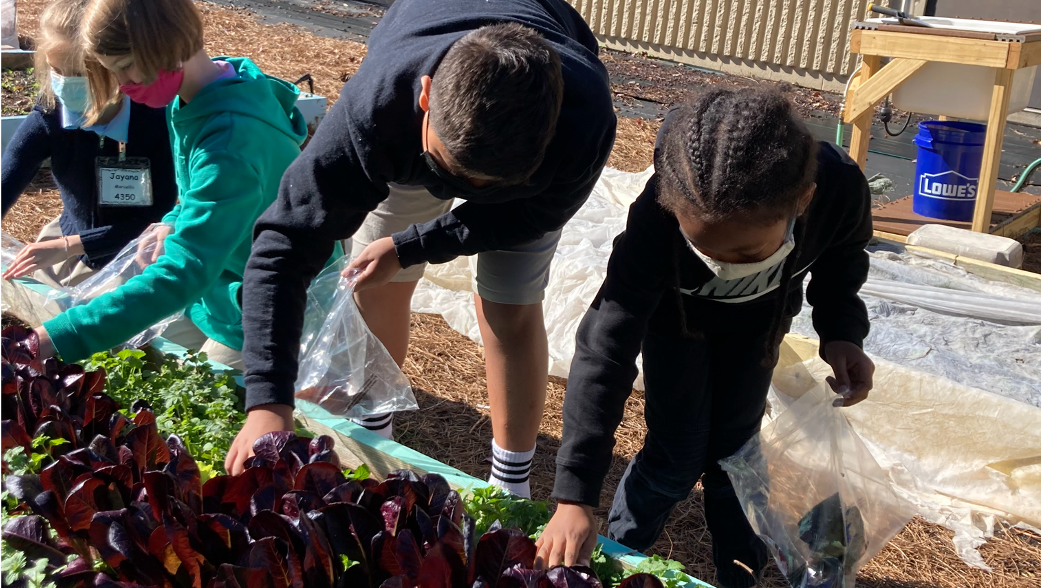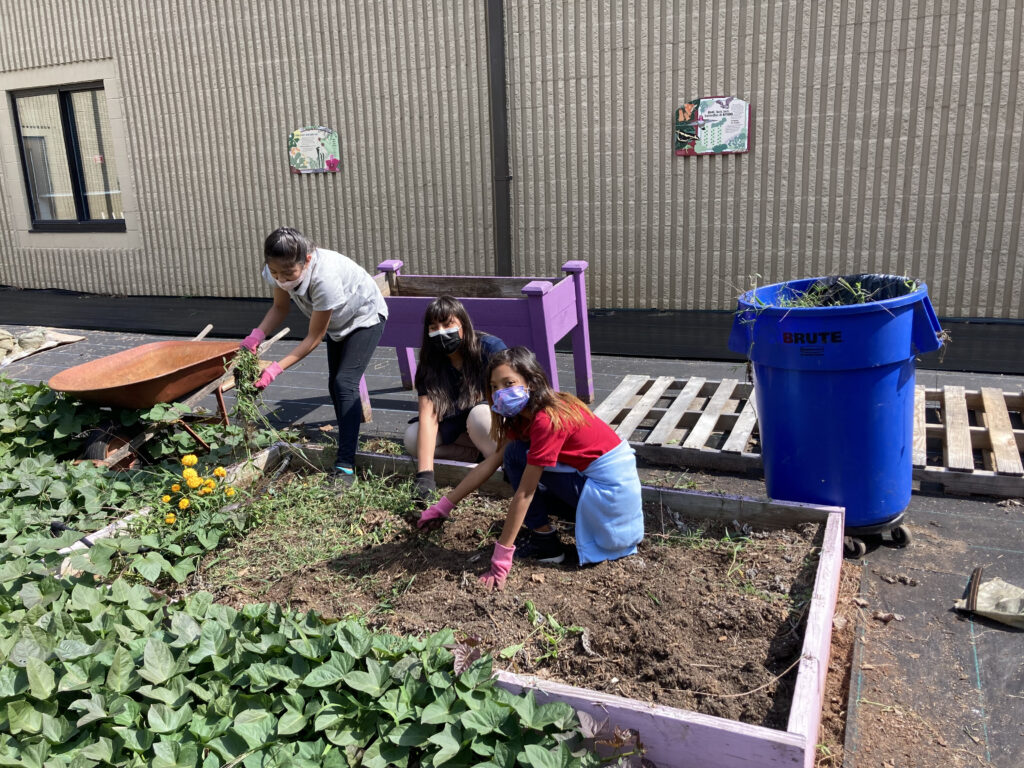School Garden Clubs


There are two primary ways school gardens are utilized. Either a teacher incorporates the garden as an outdoor classroom to meet curriculum goals, or a teacher or community group offers an after school garden club which focuses on learning and exploring in the garden without instructional parameters. We’ve reached out to three garden club leaders for their thoughts about this approach. For teachers who would like to explore garden learning opportunities, but just need more time in the day, maybe this is a solution.
Garden clubs can be organized and managed in several ways. The size of the club will likely depend on the size of the garden space, the interest areas of the students, and the number of adult supervisors or club leaders. Many schools set a maximum number of club participants and limit participation to certain grade levels. The club can run for any number of weeks and may not need to meet weekly, but one consideration is ensuring that club participants can harvest the plants that they plant.
Here are some thoughts from local teachers on the benefits of using a school garden with after school garden clubs.
- It’s easier to get kids into smaller groups working in the garden.
- It’s easier to get more things done in the garden relative to producing edible crops and the overall maintenance of the garden.
- Kids view it as being something “special” to be in the garden club.
- Those who enroll really want to be there.
- Students take more ownership and pride in the garden.
- Students learn from each other in the smaller groups; they can partner between grade levels and foster a mentoring relationship, allowing older students to be leaders/teachers.
- Students are more willing to try foods they have grown.
- They talk about it at home and tend to try and grow more things at home.
- Though students may be ready to “cut loose” in terms of their behavior after school, being in the club is a privilege which can be taken away if needed (leverage).
- It provides a hands-on and interactive afterschool activity.
- If interest level is high, a rotation system with one group for the first 6 weeks and another group the second 6 week can be used. Each rotation can also be themed.
- Overall, the club atmosphere is more relaxed and less pressure on the teacher.
- More exploration without expectations for students; more opportunities for creativity.
- We can complete projects together that are not grade level or curriculum bound.
- Students have the ability to go through the garden club for multiple years instead of just one school year. This allows for projects to be multi-year and build on one another.
If your school has an underutilized garden space, realize that more than one opportunity exists for how you go about engaging students in the garden.
If it suits your schedule (or if you have an eager volunteer crew to offer support) consider organizing a summer garden club that meets once or twice a week. A summer garden club helps prevent the garden from being neglected for an entire season (arguably the best, most familiar growing season) and keeps the garden in great shape for the start of the fall semester.
- Categories: